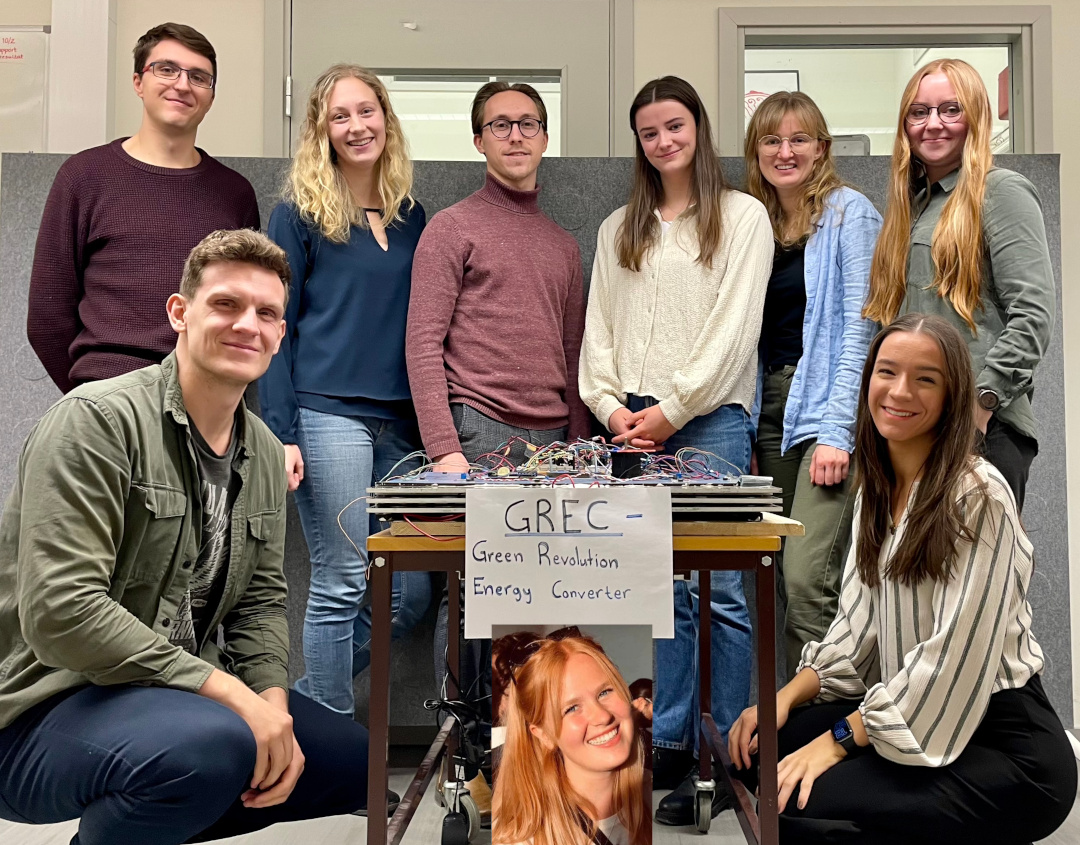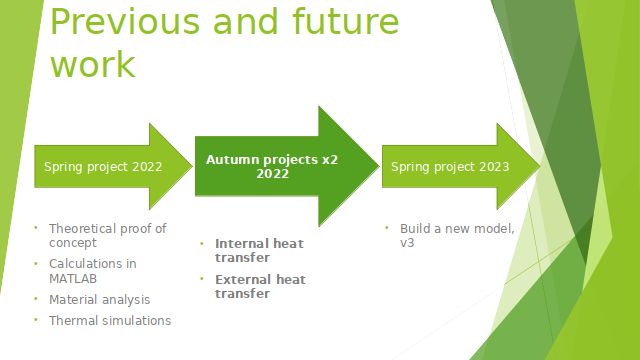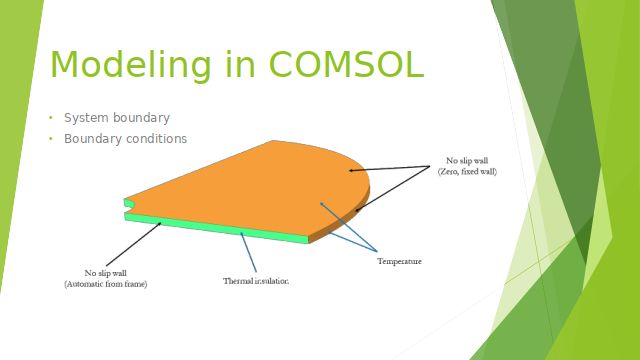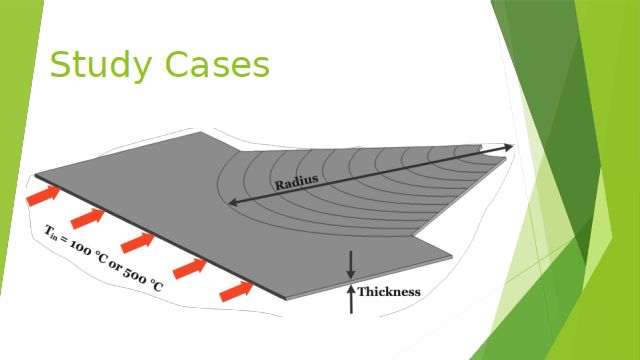
















Project: SUSTAINABLE REVOLUTION PART 2
HALF TIME REPORTS
Half Time presentation of studies and research of the sustainable Green Revolution
Energy Converter (GREC) motor concept, that promises
crucial climate-positive adjustable clean energy production.
Background
The severe impacts of green house gas emissions on the global warming is today a fact. The
emissions can be coupled to several different sectors where heat and electricity production were
the sectors with the highest increase of CO2 emissions in 2021. The complexity of this turns out to
be greater than imagined since no bigger improvements has happened since the Paris
Agreement was signed by 196 UN countries in 2015 and here we are in 2022 with COP27. Still new
technological solutions to inverstigate and luckily there are two groups at Linköping University
in Sweden that thrive on the challenge of a transition to a world not based on fossil fuels.
Investigating a new technology aiming to be applied both in the electricity production sector
and the transport sector.
 Standing from the left: Johan Hagströmmer, Vendela Stenholm, Oscar Torsteinsrud, Maja Abrahamsson Bolstad,
Emma Andersson, Matilda Eriksson
Standing from the left: Johan Hagströmmer, Vendela Stenholm, Oscar Torsteinsrud, Maja Abrahamsson Bolstad,
Emma Andersson, Matilda Eriksson
Below from the lef: Mattias Reijm, (on photo) Emma Gustafsson, Wilma Fager
Joint Presentation
Members of the two GREC groups started with a joint introduction of their half time presentation overview.
This included a brief presentation the Revolving Work Generating
Volume technology, its scalability, some application examples even with
small temperature gradients.
 Putting it all together at Linkoping University Sweden, the steps includes:
Putting it all together at Linkoping University Sweden, the steps includes:
• The 2022 spring project (done) - Theoretical proof of concept with
• Calculations in MATLAB
• Material analysis
• Thermal simulations.
Autumn project groups 2022 (half-time)
• Internal heat transfer reseach
• External heat transfer research
Spring project 2023 (planned)
• Build a new Lab model, v3
IHT group
The GREC Internal Heat Transfer Group (IHT: to the upper left in the picture above,
Johan Hagströmmer, Vendela Stenholm, Oscar Torsteinsrud and sitting Mattias Reijm)
continued the presentation explaining their exiting challenges and their findings
so far.
 The IHT group Objective and specific aims:
The IHT group Objective and specific aims:
• Study the characteristics of the airflow in the WGV depending on the rotor speed, rotor radius and thickness of WGV.
• Study the effects on heat transfer and temperatures in the WGV, due to the earlier mentioned fluid flows.
• Study the effects on air flow and heat transfer by adding laminar breakers.
• Study the effects on air flow and heat transfer depending on the shape of the rotor. Should there be one slit as a quarter of the disc, for the WGV, or two symmetrically placed slits that each take up an eight of the disc area?
• The subsequent pressure changes in the motor will be studied, also in COMSOL, in order to evaluate the potential work.
You may download the IHT Project Report as a .pdf file by clicking this link:
Investigation of the internal heat transfer in GREC – TMPE09 - Project Report
EHT group
The GREC External Heat Transfer group (EHT: to the right in the picture above, Maja Abrahamsson Bolstad, Emma Andersson
Matilda Eriksson and below Emma Gustafsson and sitting Wilma Fager) followded with their presentation
explaining their challenges interfacing external energy storages to the
GREC Work Generating Volume.They are doing a thermal investigation of one
conductive fin and heat block in the GREC heat engine
• Method None-Pipe Model
 • Method Pipe Model "sling" and "linked U"
• Method Pipe Model "sling" and "linked U"
 - 16.jpg) Setting it all up in ANSYS:
Setting it all up in ANSYS:
 - 08.jpg)
 - 10.jpg)
You may download the EHT Project Report as a .pdf file by clicking this link:
Thermal Investigation of
the Green Revolution
Energy Converter
– A study on the heat transfer within the GREC in regards of
temperature distribution and heat rate.
The Technology
In thermodynamic terms the GREC is a closed system with a moving boundary where the GREC converts heat energy to kinetic energy. The GREC heats up and cools down its internal large sliced “Work Generating Volume” (WGV) efficiently, fast and repetitively, resulting in internal pressure changes. These internal pressure changes are used by its moving boundary to generate kinetic energy. You may think of the GREC as a revolving Carnot heat engine controlled by computer logic. Please find the theoretical presentation of the GREC on this link:
GREC Theory Presentation
You may download the Sustainable Project PART2 document as a .pdf file by clicking this link:
Sustainable Revolution PART2 at Linköpings Universitet
The GREC is a new technological solution to tackle climate change
and luckily there are two groups at Linköping University that thrive on the
challenge of a transition to fossil free energy systems. The GREC is a climate
positive project that needs several research projects over time...
Please feel free to call or email:
Contact information at nilsinside AB
Nils Karlberg nils@nilsinside.com, tel +33 608 53 15 93, theory & technical questions
Sophia Karlberg sophia@nilsinside.com , strategy & admin questions
The GREC Project






































 - 16.jpg)
 - 08.jpg)
 - 10.jpg)